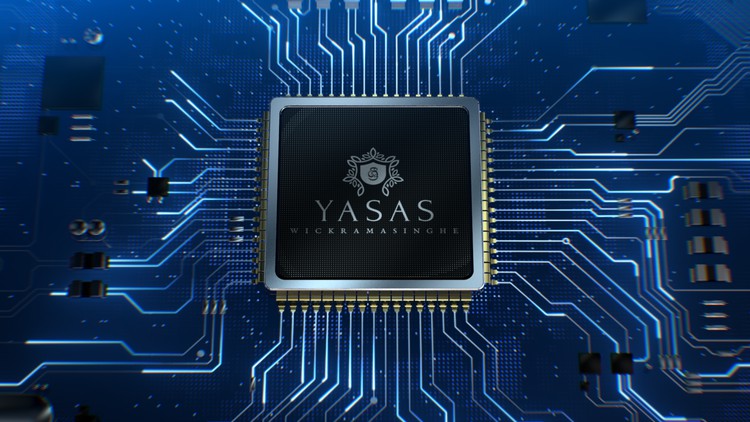
Professional Certification Course 2022: Packaged Everything You Need to Know in Computer Architecture and Organization
What you will learn
Formulate A+ grade answers for your Computer Architecture and Organization exams
Analyse computer systems critically and select the best system for a specific need
Write assembly language code with the deeper understanding on Fetch – Decode – Execute cyle
Learn all topics under Computer Organization and Architecture subject in a single course, with simple to understand examples and simulations
Description
Why should you consider enrolling on this course?
- The course instructor is a lecturer teaching Computer Organization and Computer Architecture subjects for 3+ years.
- This course is designed in 2022 with the latest Computer Organization and Computer Architecture lessons, examples and activities.
- This course covers everything you need to master the subject without enrolling with other parts/courses related to the topic.
- This course includes lecture notes/slides as downloadable materials.
- You will be part of over 4000+ student communities already in one of my courses.
I invite you to check the free provided videos and course outline. Then, if you are happy, enrol with this latest and best Computer Organization and Architecture course.
All-in-one Complete Computer Organization and Architecture Course Outline
Chapter 01: Introduction
1.1 Introduction to Computer Organization and Architecture
1.2 Computer Level Hierarchy
Chapter 02: Fetch – Decode – Execute Cycle
2.1 Fetch Decode Execute Cycle Explained Part 1
2.2 Fetch Decode Execute Cycle Explained Part 2
Chapter 03: Assembly Language Programming with the Little Man Computer
3.1 What is the Little Man Computer
3.2 Programming the Little Man Computer
3.3 Fetch Decode Execute Cycle Explained using the Little Man Computer
3.4 Writing Assembly Language Code
Chapter 04: Instruction Set Architecture (ISA)
4.1 Introduction to ISA
4.2 CISC and RISC
4.3 Instructions
4.4 Number of Addressing
4.5 Addressing Modes
Chapter 05: CPU Benchmarking
5.1 Introduction to CPU Benchmarking
5.2 Calculating CPU Time
5.3 Understanding CPU Clock
5.4 Calculating CPU Time
5.5 Exercise – Solving CPU Time Calculations
5.6 Exercise – Solving CPI Calculations
Chapter 06: CPU Organization and Structure
6.1 Introduction to CPU Structure
6.2 Registers in CPU
6.3 Understanding CPU Interruptions
6.4 Techniques to Improve CPU Performance
Chapter 07: CPU Pipelining
7.1 What is CPU Pipelining
7.2 Resource Hazards
7.3 Data Hazards
7.4 Control Hazards and Branch Prediction
7.5 Branch Prediction Strategies
7.6 Practical Example for Pipelining – Intel 80486
7.7 CPU Overclocking
Chapter 08: Input-Output Organization
8.1 Introduction to I/O
8.2 I/O Mapping
8.3 Asynchronous Data Transfer
8.4 Modes of Data Transfer
Chapter 09: Memory Organization
9.1 Introduction to Memory Hierarchy
9.2 Deep dive into Computer Memory Hierarchy
9.3 The Principal of Locality
9.4 Memory HIT rate and MISS rate
9.5 Cache Performance and Optimization
9.6 Exercise – Calculating Miss Rate
9.7 Memory Technology
9.8 DRAM Technology
9.9 How a DRAM Works
9.10 DRAM Read Cycle Deeply Explained Step by Step
9.11 SDRAM and DDR SDRAM Explained
Chapter 10: Hierarchical Bus Organization
10.1 Introduction to Hierarchical Bus Structures
10.2 Single and Multiple Bus Implementations and Examples
10.3 Bus Types, Timing, and Additional Details
Chapter 11: Conclusion
11.1 Summary
Content